See the USA in Something Else: Death Comes for the Chevrolet Impala

Mark this date on your calendar or, should you be so inclined, in your diary. Today — February 27th, 2020 — marks the end of the Chevrolet Impala.
Some 62 years after its launch, the last Impala sedan will roll off the line Thursday at General Motors’ Detroit-Hamtramck assembly plant, The Detroit News reports. A very different future awaits both the factory and the industry, and it seems cars like the Impala have no role to play in it.
It’s been a long time coming.
Originally slated for death by the end of 2019, the Impala earned two short-lived reprieves, pushing the second date on its tombstone to today. Dead alongside the Impala is the Cadillac CT6, a much more youthful model, but nonetheless the spiritual successor to all the full-size Caddy sedans that graced the avenues and byways of America since the gangster era.
Instead of going into mothballs like CEO Mary Barra originally intended, Detroit-Hamtramck will now pivot to electric vehicle production — an interesting new role for a land-gobbling plant that cranked out higher-end GM sedans since the 1980s. With the plant’s metamorphosis comes a nameplate resurrection: Hummer, slated to become a model under the GMC badge. An EV pickup, if you can believe it.
But the Impala’s story ends here. Bowing for 1958 and becoming arguably the biggest name in family haulers, the model spawned 10 generations and remained a fixture in the Chevrolet stable until 1985, when GM axed it in favor of continued Caprice production. When the Caprice joined the full-size Chevy lineup as an upscale Impala in 1965, the automaker sold more than a million of the combined nameplates. America was on wheels and Chevy had what it wanted.
Following the era of bloated Detroit barges in the early and middle 1970s, the Impala’s 1977 downsizing was a coup for GM. It was the first of the Big Three automakers to rethink the packaging of its largest sedans; rivals Ford and Chrysler brought up the rear with smaller, lighter full-sizers in ’79, just in time for another oil crisis.
Not content to lie dormant forever, the Impala returned in murdered-out SS form in 1994, offering horsepower-seeking family types and rappers alike a menacing chariot with which to drive to grocery stores, recording studios, and nighttime drug buys near the docks. An instant collectable, the rear-drive Impala SS met its end in 1996.
But Chevrolet wasn’t done milking public goodwill from the model’s instantly recognizable name. When it was decided the brand needed a large-ish V6-powered sedan with optional front bench to replace the Lumina, Impala stepped into the fray, and soon proved a hit. The eighth-generation Impala sold reliably and popped up in fleets everywhere. Its presence was ubiquitous among vehicles requiring bodyside lettering, and your author can attest to the fact that its 3.8-liter V6 and four-speed auto will remain operational even after the body has scattered itself, here and there, across the Earth’s surface.
When a successor arrived for 2006 with an updated body and the same general recipe intact, sales rose to even greater heights. We’re not talking ancient history here, yet is seems wild that, in 2007, Chevy sold 311,128 Impalas. A High Value 3.5-liter V6 joined the engine roster as a base offering at the start of the ninth generation, replacing the previous 3.4L unit.
Personally, a sleeper sedan I wouldn’t mind getting my hands on is the final year of that generation, when GM updated the Impala with a modern DOHC 3.6-liter and six-speed automatic. The final generation bowed for 2013, by which time the Great Recession was rapidly fading in America’s rear-view. Interest rates were low, consumer spending was up, and automakers couldn’t wait to get buyers into a crossover.
The Impala’s fate was sealed because, as we all know, once you go crossover, you never go back. From 2010, when GM sold 172,078 Impalas, the model’s fortunes declined year after year, with 2019’s tally coming in at 44,978.
As American as a sedan can be, the Impala’s contribution to U.S. driving culture is vast. It’s a nameplate that will be forever synonymous with large domestic sedans, and, perhaps because of this association, it will be forever tied to the “Old GM,” the “Old Detroit,” and the way things used to be.
Time will tell if GM ever dusts off this name again.
[Images: General Motors]

More by Steph Willems
Latest Car Reviews
Read moreLatest Product Reviews
Read moreRecent Comments
- Michael Smith I drive 100-300 miles a day in new BMWs, Mercedes-Benzes, and GM SUVs. Some are already equipped with automatic braking.It's the first thing I turn off when I start the car.I've had experiences where (as the author notes) the system gave false alarms and stabbed the brake pedal, threatening my ability to control the car.Further, every driver encounters situations where, for example, legal following distance must be momentarily compromised in order to avoid a difficult situation. When the system intervenes, it disrupts the driver's plan of action. This can lead to a collision as the driver has to suddenly react not to his surroundings, but to the system.Not only is automatic braking an insult to skilled drivers, it's dangerous to everyone.
- Bd2 Dark Brandon is doing a great job for the US. I hope he can run for a third term.
- Dave M. My hipster daughter is greatly into it. We watched the race together this weekend. It was interesting but I'm not devoted to it like she is. She'll be at the Austin race in October.
- Bd2 If I had time to watch other people driving, then I would go for LMP.
- Steve Biro There are 24 races on this year’s F1 schedule. And I guarantee you no more than two will be reasonably exciting, Meanwhile, F1’s reception for Andretti reveals the dark underbelly of the sport. I have followed F1 since the 1960s and, frankly, I am running out of interest. I’ll catch a race if it’s convenient but won’t bother DVRing them.




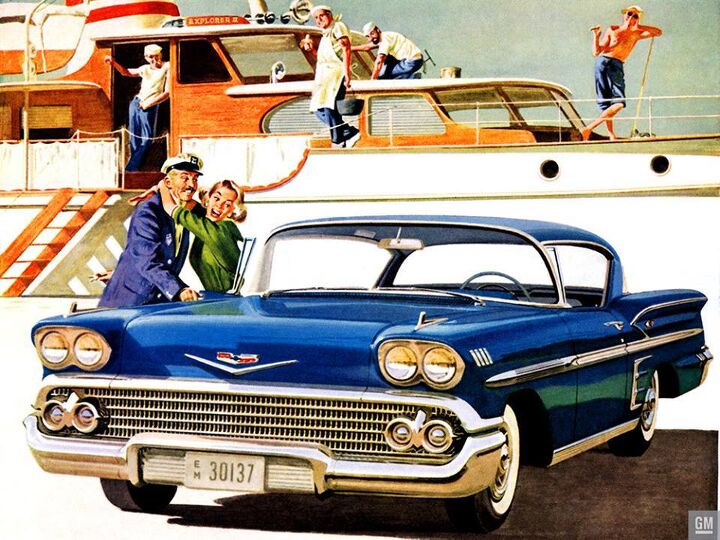





















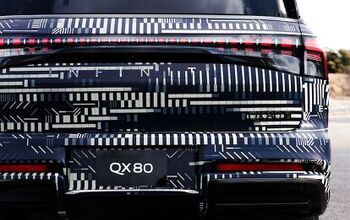

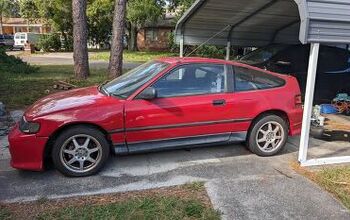
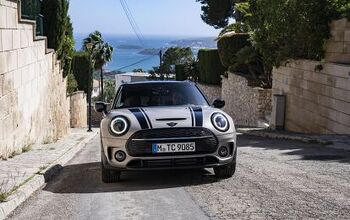
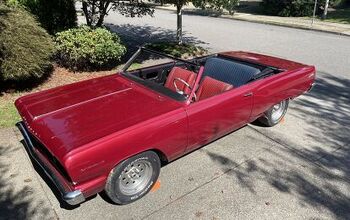
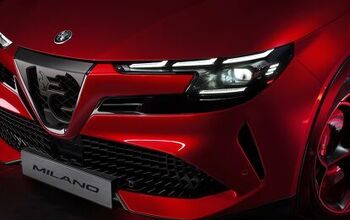
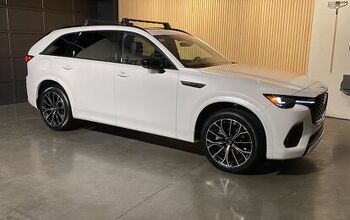
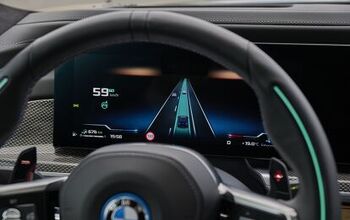
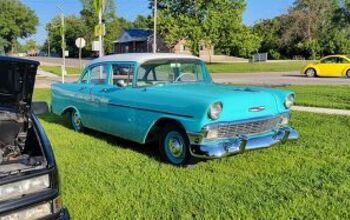

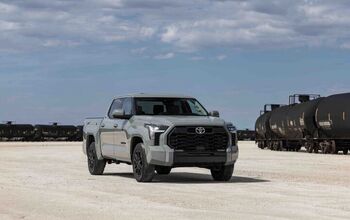


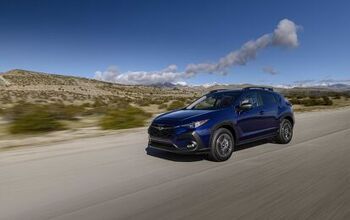

Comments
Join the conversation
That '64 is hilarious: 21 feet long with the rear legroom of a subcompact. It's wild to me that the same Detroit that was a year or two before churning out an onslaught of brilliant compacts with smart packaging and innovative powertrains (compact Oldsmobile with an aluminum V8, anyone? sweet little Corvair Monza Turbo convertible?) -- in fear of an American embrace of tight-handling European imports that didn't actually happen for another 20 years -- had already reverted its attention to this sort of land-whale goofiness, and that little more than a decade after that, they had made matters much worse with ponderous fuselage bodies and underperforming engines. The only Impala I had the pleasure of driving was a rental-grade base-model eighth-gen (early 2000s), complete with 180-hp 3.4 liter and plastic wheel covers to encourage you to pay just a liiiittle more each month for a much nicer midgrade model with 200 hp and alloys. Sure, it was a tarted-up Lumina, but it was big, cheap, light and economical to run for its size, and had an incredibly soft ride, and I quite liked its upright windshield for interior space and glare avoidance. It was an alien curiosity in California, but if you lived somewhere with frost heaves, lousy wages, and the social expectation to have kids young, it would make all the sense in the world...even though it meant living with worse handling than a Chrysler minivan and a serious risk of the Chinese-built transmission grenading by 80k miles. I wish I could have ponied up for the SS -- that would give you back the missing handling, and let you dispatch 0-60 in 6.5 seconds, although I assume the supercharger would kill the fuel economy.
That "Lord Vader" Impala SS ad remains one of my favorite print car ads. I had it hanging in my room when I was a kid and realized I need one for the Man Cave today. That and the Nissan GI Joe ad where he picks up Barbie in the 300ZX with Van Halen playing is peak car advertising in my mind.